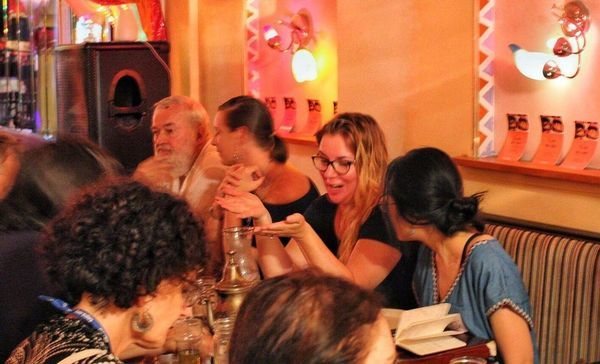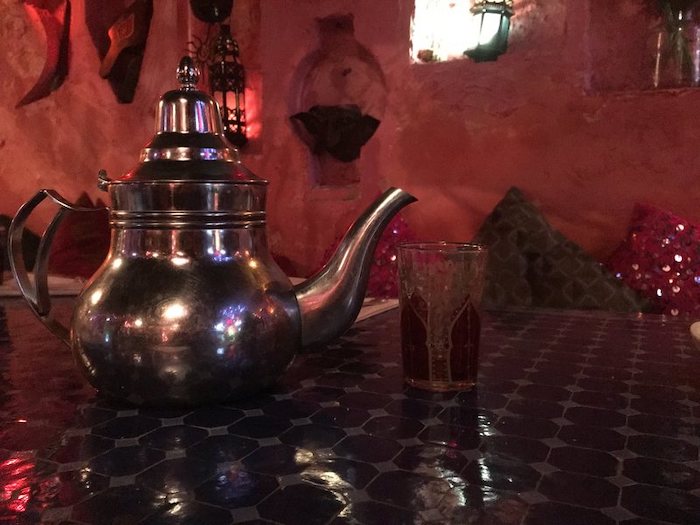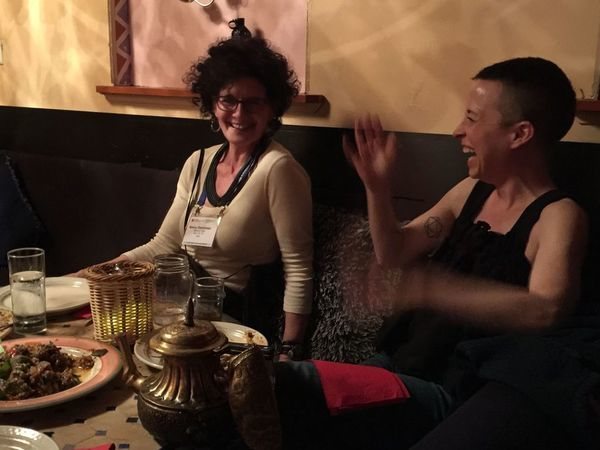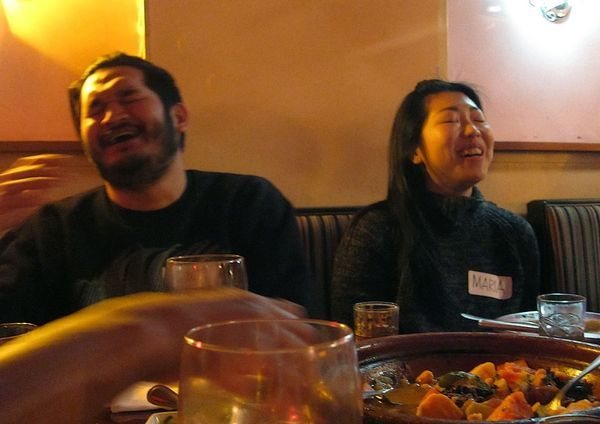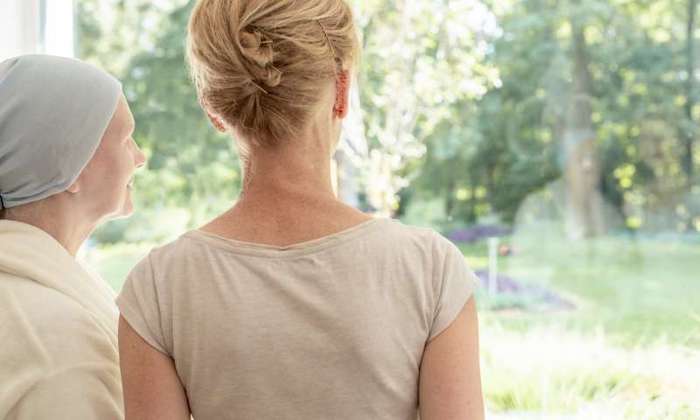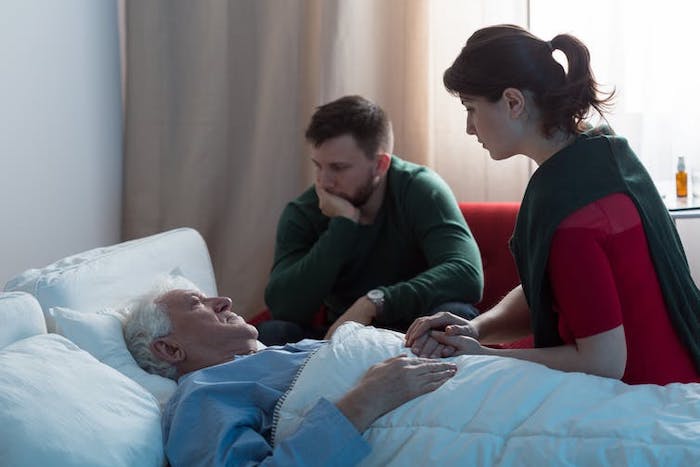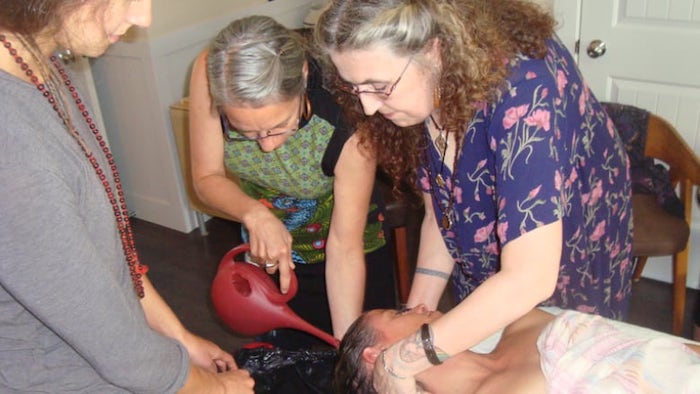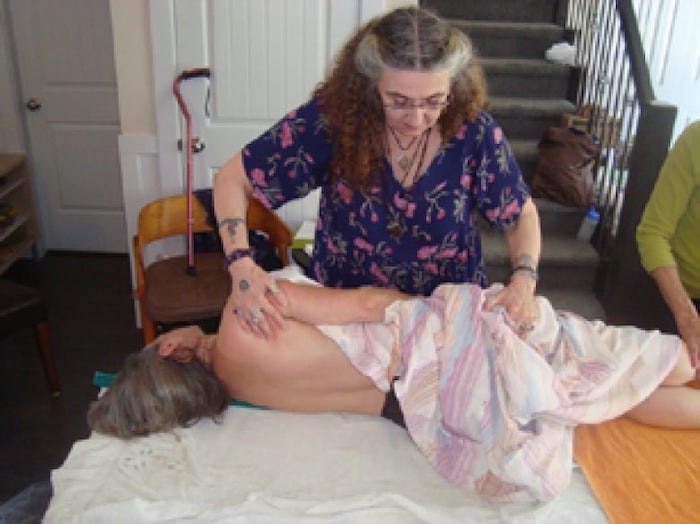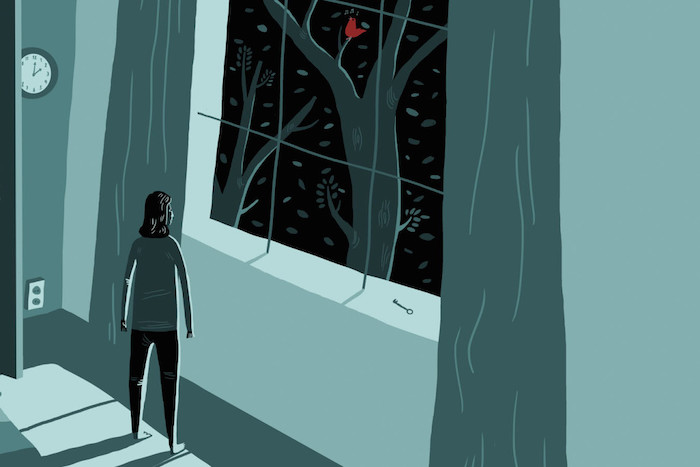More and more voters support options to allow the terminally ill to peacefully end their suffering. Politicians have little to fear from the issue.

By Kim Callinan
While expanding and protecting health care was the number-one issue for voters on Nov. 6, what has gone unreported is that elected officials can now safely run on the issue of expanding and protecting end-of-life care options. For decades, lawmakers feared that sponsoring medical aid-in-dying bills that would allow terminally ill adults to have the option to peacefully end their suffering would harm their chances of getting re-elected. This year’s elections proved those concerns false.
Nearly all of the lead sponsors of bills in 28 states to authorize medical aid in dying in 2017 and 2018 who ran for re-election won (13 out of 14 state senators and 49 out of 53 state representatives). Voters also elected or re-elected at least five governors who publicly supported medical aid in dying: David Ige in Hawaii, Gavin Newsom in California, J.B. Pritzker in Illinois, Gretchen Whitmer in Michigan and Michelle Lujan Grisham in New Mexico. (Grisham’s opponent, Steve Peace, vehemently opposed medical aid in dying.)
In addition, Congressman Keith Rothfus of Pennsylvania, a sponsor of a failed resolution to overturn Washington, D.C.’s Death with Dignity Act and another House resolution condemning medical aid-in-dying laws nationwide that garnered only 13 co-sponsors, was defeated for re-election.
None of this should be particularly surprising. A majority of voters embraced this issue long before many elected officials and political candidates did — since 1996, according to Gallup’s annual polling; its 2017 poll shows that 73 percent of Americans support medical aid in dying, including 81 percent of Democrats and Democratic-leaning independents and 67 percent of Republicans and Republican-leading independents. In short, medical aid in dying is a rare bipartisan/nonpartisan issue. Five GOP legislators are among sponsors or co-sponsors of bills allowing medical aid in dying.
This unusually strong, wide-ranging support explains why 29-year-old Brittany Maynard, who moved from California to Oregon in 2014 to access its medical aid-in-dying law, was able to capture the attention of the American public. Three weeks after her YouTube video went viral, generating international news coverage, a YouGov poll showed that 38 percent of American adults — 93 million people — had heard her story.
Inspired, in part, by Maynard’s advocacy, since 2015 California, Colorado, the District of Columbia and Hawaii have enacted medical aid-in-dying laws. Today, D.C. and seven states accounting for nearly one out of five Americans have the option of medical aid in dying.
This movement is picking up major momentum, particularly among the millions of baby boomers who have watched their parents die in needless suffering because they did not have the option of medical aid in dying.
In addition, we know that these laws improve care by prompting conversations between doctors and patients about all end-of-life options, including hospice and palliative care. Oregon’s 1994 Death with Dignity Act has helped spur the state to lead the nation in hospice enrollment.
This helps explain why a 2016 Medscape survey of physicians showed doctors supporting medical aid in dying by nearly a 2-to-1 margin, 57 percent to 29 percent, up from 46 percent support in 2010. Just last month, the American Academy of Family Physicians dropped its opposition to medical aid in dying and adopted a position of “engaged neutrality,” noting that “family physicians are well-positioned to … engage in creating change in the best interest of [their] patients.” Medical societies in D.C. and nine states have adopted similar positions, and the New York State Academy of Family Physicians has endorsed allowing medical aid in dying.
Perhaps the most important benefit of medical aid in dying is that it is transforming end-of-life care in the same way childbirth care was transformed decades ago. As more states implement medical aid-in-dying laws, more and more patients have a voice in how they live the final chapter of their lives and how they die. Just as obstetricians and gynecologists now ask women for their input about who they want in the birthing room and whether they want to receive medication, doctors in states where medical aid in dying is authorized now are engaging in similar conversations with terminally ill patients.
In time, we will live in a world where health care providers fully inform their terminally ill patients about the benefits and burdens of all available forms of treatment and where deciding to end suffering and allow for a peaceful death will be a widely accepted medical option. The sooner we get there, the better.
Complete Article ↪HERE↩!

